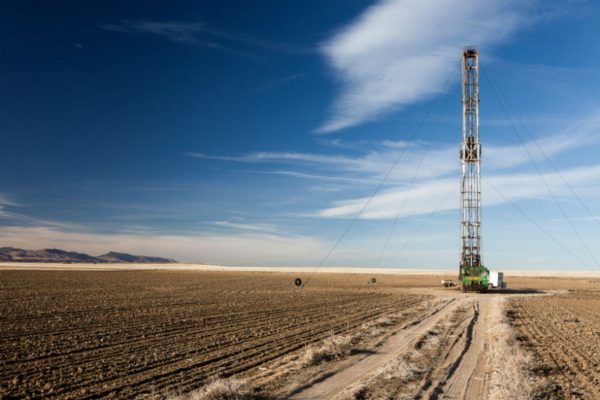For the past eight years, the primary focus of U.S. energy policy and research and development has been built around concerns over climate change and reducing carbon dioxide, or CO2 emissions, often through regulation and rule making.
With a new administration, this focus will likely change to a more market-based approach grounded in the pursuit of secure energy for America — energy that’s affordable, available, reliable and sustainable. In reality, no form of energy meets all aspects of these criteria. The goal of secure energy is to balance the benefits of environmental sustainability with the benefits of affordable, available and reliable energy.
Secure energy can and will have a positive effect on both the economy and the environment. Just compare the energy policies of Germany under Angela Merkel, chancellor since 2005, and Texas under Rick Perry, governor from 2000 to 2015 and now the nominee for U.S. secretary of energy.
Direct comparisons are, of course, imperfect. Like Texas, Germany is a democracy, but Germany operates as a social market economy, a form of capitalism combined with strong social policy. Each state consumes about the same amount of total energy annually, but Germany produces about 20 percent more total CO2.
Germany has about half the land area of Texas, nearly 2.5 times the GDP, and three times the population, with a somewhat different endowment of energy resources — although lignite and wind are common to both — and thus varying resource-development strategies and costs.
In 2010, Germany developed a social-policy approach to secure energy called Energiewende (energy transition) with a goal of cutting greenhouse gases 40 percent by 2020.
Energiewende targets an exit from nuclear power; supports renewables with a fixed above-market tariff; and requires renewable electricity to be used before coal, natural gas, or nuclear. The increased cost of electricity is subsidized by a surcharge on customers.
When Germany banned hydraulic fracturing (fracking) and put a moratorium on nuclear following the Fukushima nuclear accident in Japan, utilities returned to coal in order to meet the minimum level of electricity demand and back up intermittent renewables.
Unintended consequences of Energiewende were more expensive electricity — about 3 times as expensive as in Texas — and a several year halt in the decline of CO2 emissions.
In Texas, the Perry administration’s approach to secure energy was to work with the legislature, industry, communities, and academe to balance economic development, job creation, and reduce environmental impact.
Three examples illustrate these approaches. First is wind energy, where State policy and regulatory action, combined with an outstanding wind resource and landowner acceptance, created the framework for Texas to lead the nation with around 18 gigawatts of installed wind capacity to date, three times that of the next closest state, California. Wind now accounts for about 12 percent of annual electricity generation in Texas.
Next is shale gas, where industry developed the first major economic shale gas play in the world, the Barnett Shale in the Fort Worth Basin. Texas regulatory policy is supportive of oil and gas activity, but Texas was also the second state in the country to require mandatory reporting of chemicals used in fracking and the first to invest in a permanent seismometer network (TexNet) to understand natural and induced earthquakes.
As an aside, the U.S. power sector reduced CO2 emissions a remarkable 25 percent in the past decade — to early 1990’s levels — but without a Federal price on carbon. Several factors led to this, but the most significant was the replacement of coal with natural gas in power plants, made possible by U.S. shale gas production.
Finally is carbon capture and sequestration. A decade ago, Texas was selected for two of the final four potential sites for FutureGen, the Federal government’s “clean coal” prototype.
Although the program was ultimately suspended for cost escalation, today Texas is poised to capture 1 million tons of CO2 from coal-fired power generation at the Parish plant near Houston and inject it in the subsurface for enhanced oil recovery.
Extensive wind development, shale gas leadership, mandatory reporting of fracking fluids, TexNet for monitoring earthquakes, and carbon capture and sequestration from a coal-fired power plant all run counter to the popular “dirty Texas energy” dialog. As we seek energy, economic, and environmental balance and work to develop secure energy for America, we should model our efforts on approaches that have had measurable positive outcomes. Such approaches usually involve markets.
Scott W. Tinker is director of the Bureau of Economic Geology at The University of Texas at Austin.
A version of this op-ed appeared in Forbes.
To view more op-eds from Texas Perspectives, click here.
Like us on Facebook.




